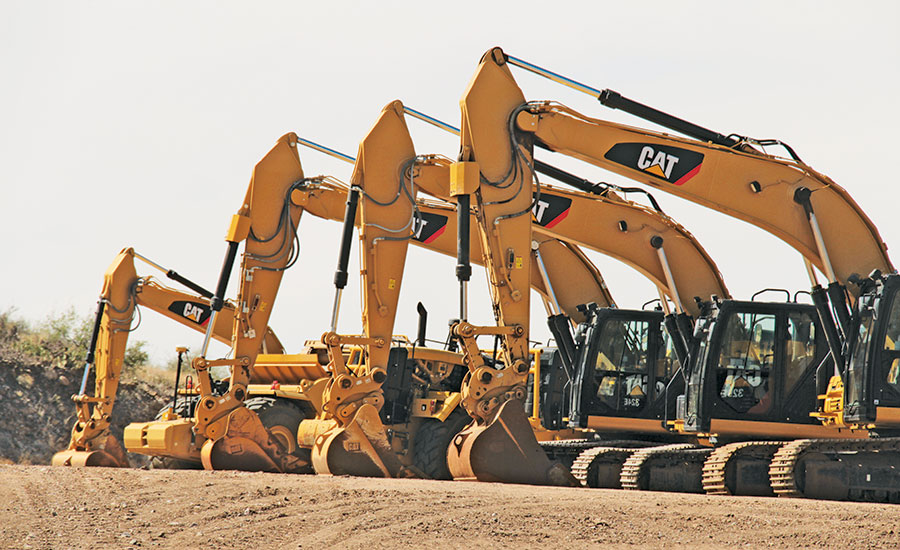As President Obama’s signature was still drying on the Fixing America’s Surface Transportation Act, enacted Dec. 4, construction-machinery lobbyists were jumping for joy. “This is more than a philosophical victory,” said Brian McGuire, president and CEO of Associated Equipment Distributors. “Equipment dealers, manufacturers and their customers can now, once again, plan for the future.” AED estimates the measure will spur, over its five-year funding program, some $13 billion in equipment sales, rentals and maintenance activity.
|
Related Link:
4th Quarterly Cost Report |
Even so, FAST probably won’t boost overall construction-equipment sales, analysts say. For several years, construction spending has been steady but not spectacular. Fleets have gradually replaced inventory, and their needs now appear to be met. Global mining is in a funk due to weak metals prices. Funding for public works has been spotty. A shift in market preferences toward multifamily housing has been positive for the economy, but single-family homes generally require more armies of equipment than do apartment buildings. These trends, combined with lower oil prices dogging down energy construction, may set up next year to be the first year equipment sales decline after six solid years of recovery.
“I don’t think I’m being too pessimistic by saying I think next year will be flat to down about 5%,” says Frank Manfredi, an analyst who publishes the “Machinery Outlook” newsletter. He sees construction-equipment sales in the U.S. falling off, overall, a slight 0.4% next year, with the crane category being the hardest hit, at a negative 10.4%, largely due to the energy slowdown. “And that [prediction] may be too optimistic,” Manfredi adds.
Still, some general machine categories—asphalt pavers, loader backhoes and rubber-tracked loaders—are poised to grow 2% to 3% due to the FAST Act and continued housing starts, but larger machines needed for mass excavating and other heavy production stand to lose.
The over-the-road trucking sector is slowing, too. “Freight rates are falling, and truckers are concerned,” says Steve Tam, vice president of ACT Research, which sees sales of heavy-duty tractors falling 16.7% next year. Fleets “are reacting by ordering and buying fewer trucks,” Tam adds. Meanwhile, conventional haulers, such as dump trucks and concrete mixers, look to be in a better position but will still slip 4.3%, ACT predicts.
Inflation also has set in. An analysis of responses to this year’s ENR Top 600 Specialty Contractors survey indicates that prices for new construction equipment and commercial vehicles have gone up, in most cases, as much as 20% since 2010. Manufacturers were able to raise prices during the economic recovery, said respondents, who also blamed the added cost of clean-diesel technology needed to meet phased-in emission regulations.
Companies that rent and lease are benefitting from a business model that offers contractors relief from this pricing pressure and the risks of owning iron. Rental rates in August were up just 0.3% over the prior year, according to Gary McArdle, executive vice president and COO of equipment appraisal firm Rouse Asset Services. “Anecdotally, we understand from our rental-company clients that ‘nominal’ rates today are about 5% up from 2006-07 levels,” he adds.



.jpg?height=200&t=1640294757&width=200)

Post a comment to this article
Report Abusive Comment